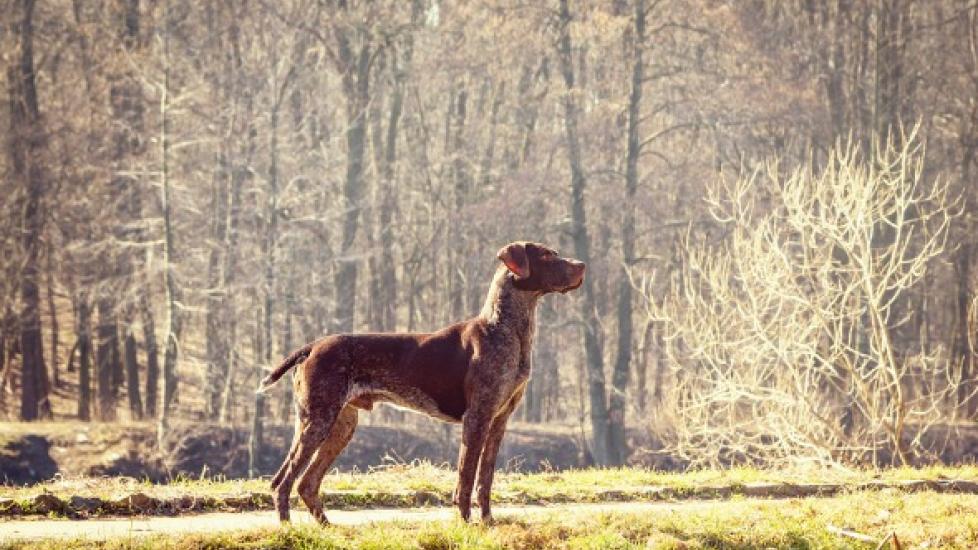In the realm of canine health, spinal and vertebral birth defects are a complex issue that deserves attention. These conditions, which often go unnoticed until later stages of an animal’s life, can lead to severe pain, mobility issues, and even neurological problems for our beloved pets. It is crucial for pet owners and veterinarians alike to understand these congenital abnormalities, their causes, symptoms, and potential treatments. Let us delve into this intricate topic with sensitivity and clarity, aiming to raise awareness and provide practical advice on caring for dogs affected by such conditions.
Understanding Spinal and Vertebral Anomalies:
Vertebrae form the backbone of a dog’s skeleton—literally! They protect the spinal cord, support movement, and maintain posture. Any deviation from normal development at this critical site can be catastrophic. Common defects include hemivertebrae (when one half of a vertebra fails to develop properly), block fusions (where two or more vertebrae fuse together), and malformed discs. These anomalies can occur anywhere along the spine but are most prevalent in the cervical region.
Causes and Risk Factors:
The exact cause of many spinal and vertebral defects remains unknown; however, certain factors have been identified as potentially increasing the risk:
- Genetics: Inherited traits play a significant role in some cases. Breed predisposition has been observed, particularly among brachycephalic breeds like Bulldogs and Dachshunds due to their unique body types and breeding practices aimed at specific physical characteristics.
- Environmental Influences: Exposure to toxins during pregnancy may contribute to developmental issues in puppies.
- Nutrition: Lack of essential nutrients during gestation could affect bone growth.
- Viral/Bacterial Infections: Maternal infections during pregnancy might impact foetal development.
- Maternal Health Issues: Poor maternal health before conception or during pregnancy can adversely influence embryonic development.
Symptoms to Watch For:
Early detection is key to managing spinal and vertebral defects. Signs to look out for include:
- Abnormal gait or limping
- Painful reaction when touched near the spine
- Loss of bladder control or weakness in hind legs
- Decreased activity level or reluctance to jump or run
- Muscle spasms or seizures
- Scoliosis or kyphosis (curvature of the spine)
Diagnosis and Treatment Options:
A combination of medical imaging techniques, such as X-rays, CT scans, and MRI, provides detailed information about the nature of the defect. Veterinarians then work closely with specialists to create tailored treatment plans. Conservative measures like physiotherapy and anti-inflammatory drugs can help manage milder cases. More severe instances might require surgical intervention, where correction or stabilization procedures aim to alleviate pressure on the spinal cord and improve quality of life. Ongoing monitoring and follow-up care are vital components of successful management strategies.
Prevention Strategies:
While prevention is not always possible, responsible breeding practices focusing on genetic diversity can reduce the incidence of inherited disorders. Regular prenatal check-ups for expecting mothers ensure they receive proper nutrition and healthcare throughout gestation. Additionally, postnatal screening programs identify affected pups early so they can begin receiving appropriate therapies promptly.
Conclusion:
Caring for dogs with spinal and vertebral defects requires patience, dedication, and expert knowledge. By understanding the complexities involved and providing the best possible environment for healing, we can make a world of difference in the lives of our four-legged companions. As pet parents and advocates, it is up to us to ensure every pooch gets the chance to live its fullest, happiest existence despite any challenges that come its way.
